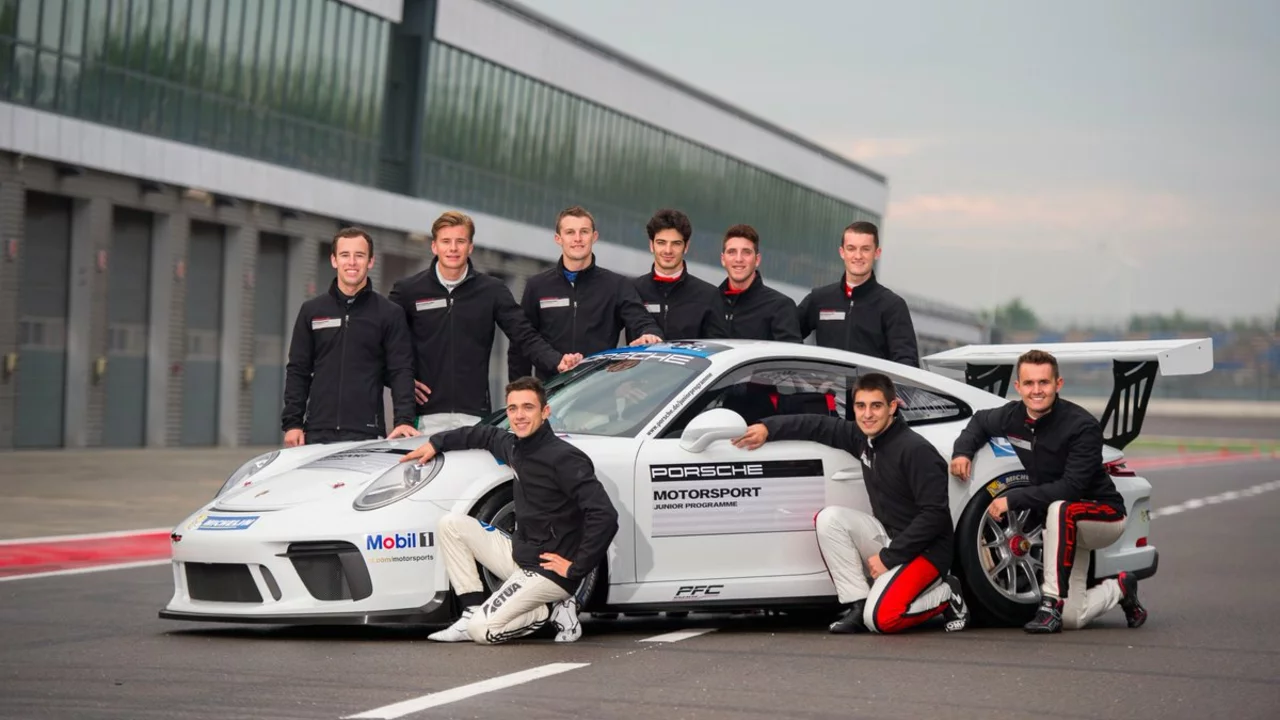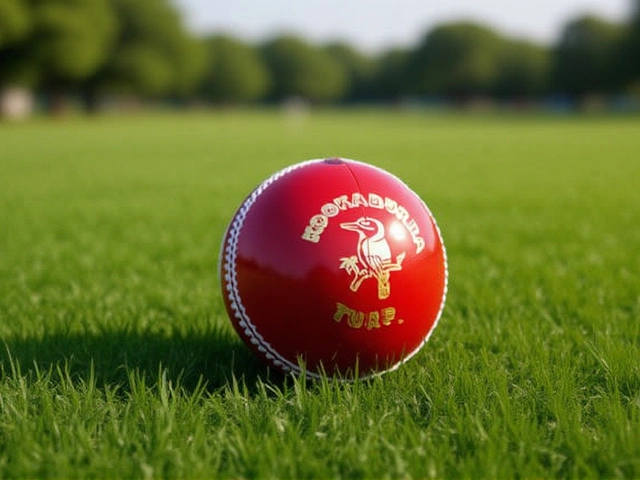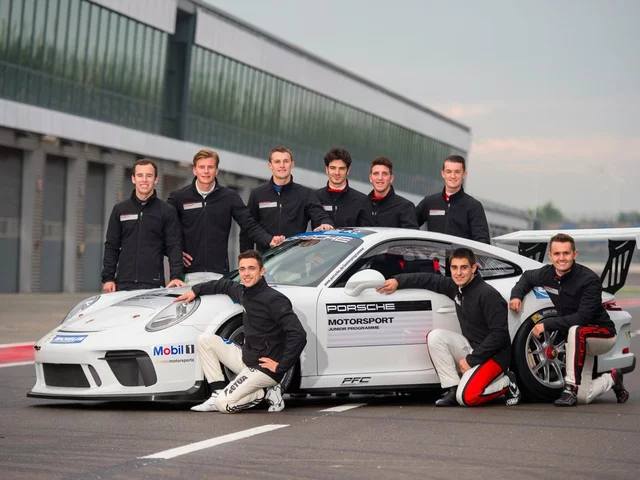Skill Requirement in Motorsport – The Essentials You Need
If you’ve ever wondered what separates a good driver from a champion, the answer lies in a mix of physical, mental and technical skills. It’s not just about fast reflexes; it’s about stamina, focus, and knowing your car inside out. Below we break down the must‑have abilities for anyone aiming to race, with a nod to how Subaru’s teams sharpen these skills.
Physical Skills You Can’t Skip
First up, the body. Racing subjects you to high G‑forces, extreme heat and long hours in a confined cockpit. A MotoGP rider can feel up to five times the force of gravity, and a top‑level IndyCar driver keeps a heart rate around 185 BPM during a sprint. That’s marathon‑level stress on a single lap. To cope, drivers follow a strict fitness routine: cardio for endurance, core work for balance, and neck exercises to handle lateral loads. Subaru’s rally drivers, for example, spend weeks on mountain trails to build the grip and stamina needed for tight, twisty stages.
Strength isn’t just about lifting weights; it’s about functional power. Think about the force required to steer a high‑downforce car through a corner while fighting wheel‑to‑wheel battles. Muscles in the forearms, shoulders and back are constantly engaged. Regular grip trainers, resistance bands and reaction drills keep those muscles firing on demand.
Technical and Mental Skills on the Track
Next, the brain. Racing demands split‑second decision‑making and laser‑sharp focus. Slipstreaming in MotoGP, for instance, relies on reading airflow and timing a pass within a few metres. It’s a dance of physics and intuition that you only master after countless practice runs. Drivers also need to translate data from the car into actionable feedback. A Subaru driver will sit with engineers after a run, pointing out understeer, oversteer or tyre wear, then adjust suspension settings or driving lines accordingly.
Mental resilience is equally vital. Races can swing wildly due to weather, mechanical gremlins or on‑track incidents. Staying calm, processing information, and keeping a positive attitude often decides who walks away with the win. Visualization techniques help: many pros picture the perfect lap before they even hit the track, cementing the ideal braking points and throttle application in their mind.
Teamwork rounds out the skill set. No driver operates in a vacuum. Communication with spotters, engineers and pit crews can shave seconds off a pit stop or prevent a costly mistake. Subaru’s rally crews, for example, rely on a co‑driver to call out upcoming turns, surface changes and optimal gear selections in real‑time. That partnership builds trust and improves overall performance.
Finally, adaptability. Whether you’re moving from a gravel rally stage to a wet tarmac sprint, you must adjust driving style on the fly. The ability to read changing grip levels, tire temperatures and track conditions keeps you competitive across different motorsport disciplines.
So, if you’re eyeing a seat in any racing series, start with a balanced training plan: hit the gym, practice mental drills, learn the technical language of your car, and bond with your team. That combination of physical grit, mental sharpness and technical know‑how forms the core skill requirement for any serious motorsport racer, Subaru included.






